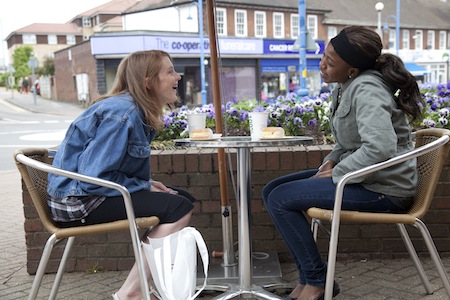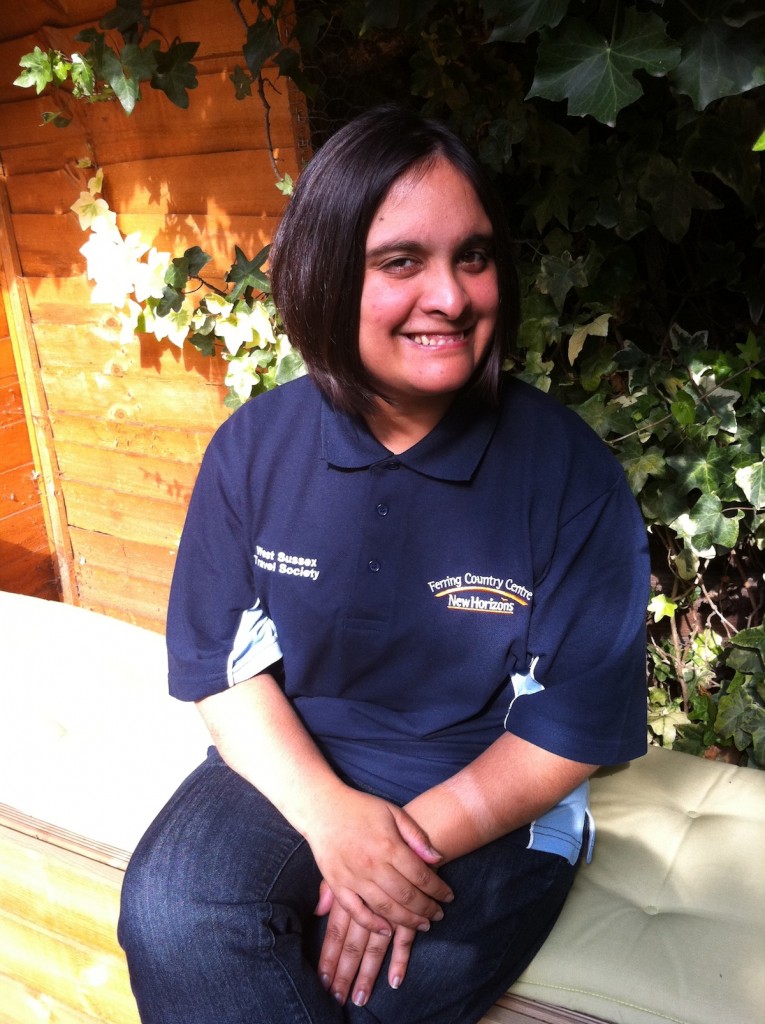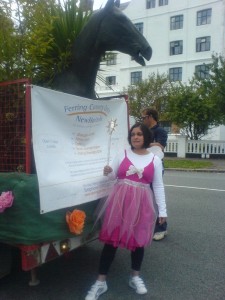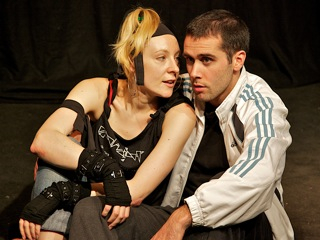
I wandered down the endless dimly lit corridors and found myself surrounded by staring, pain-etched faces with wild curious eyes. It felt like I had stumbled onto the set of the film One Flew Over the Cuckoos Nest. There was a sense of unreality to it all, but also of mystique. It was so stereotypical of all I had previously read in books and seen on television about asylums – those places others and never ourselves, of course, will be sent to for being “mad”.
Next year, it will be 50 years since the first steps towards community care for mental health (see this useful mental health timeline on the Mind website) this “anniversary” has made me revisit my early experiences as a mental health care professional and look afresh at the history of mental health care.
After 1962’s Hospital plan for England and Wales, large psychiatric hospitals closed and local authorities developed community services. That was, of course, the theory – not all local areas had adequate community services as we know, so there were still long-stay patients in hospitals up and down the country.
So it was more than three decades ago in that psychiatric hospital that my understanding and awareness of mental illness grew. I came to realise that the staring faces and wild eyes were ordinary people who had found themselves in extraordinary circumstances. They had been incarcerated many years before.
As a consequence of the debilitating illnesses they had, such as schizophrenia, and the horrendous medication side effects, they were displaying mannerisms that drew unwanted attention. Mannerisms that perpetuated the stigmatising process further. They had lost their self confidence, their motivation, and probably more importantly their daily living skills to function independently outside of the hospital confines. They had become institutionalised. The hospital was their home and they would eventually die there. Within the walls of the hospital the behaviour became normalised, the wandering up and down corridors, the staring at strangers and the shuffling gait. Outside in the local town it was polarised.
In the early 1990s many of the old asylums were closed. They had become anachronistic. More people were now being rehabilitated with the government’s proposal for care in the community, a radical shift in policy and approach essentially moving most of the care emphasis from the hospitals into the communities. People were discharged from the hospitals back into their communities with follow up planned support and care (in most cases).
Sadly some slipped through the safety net of care. And in the years that followed the medication improved and the stigmatising side effects became less. There was an increased acknowledgement of the importance of social inclusion, of recovery from illness, and of empowerment – treating people as individuals with informed choice and promoting equality.
Flashforward to 2011 and yet we still have stigma. We still have misunderstanding and we still have inequality in many sections of society for those 1 in 4 of the population who experience mental illhealth.
What is my long term vision of stigma and discrimination and where we will be in the next 50 years? I believe that stigma will have been eradicated completely following the success of campaigns such as Time To Change. I hope for a realisation that both our physical and mental wellbeing work in correlation and, as such, cannot and must not be split. I believe the strength and vision of those who have fought so hard will be acknowledged one day and in schools across the country their stories will be lesson material. Leading figures in the anti-stigma movement will be seen more positively as vehicles for social change. Mental health stigma will be seen in the same unacceptable light as racism and homophobia.
I have campaigned for many years, most of my adult life even, and no doubt ruffled a few feathers in the process. But I would rather stand up and be counted for saying something I passionately believe in than silently watch and do nothing. This I cannot do alone and I am always motivated by the support I get from others, more so from the victims of stigma and discrimination themselves.
As Philip Larkin wrote in The Mower, “We should be kind while there is still time”. In the case of mental health and tackling stigma and discrimination this kindness will hopefully continue through campaigning. We have come a long way, but we are not there yet.








